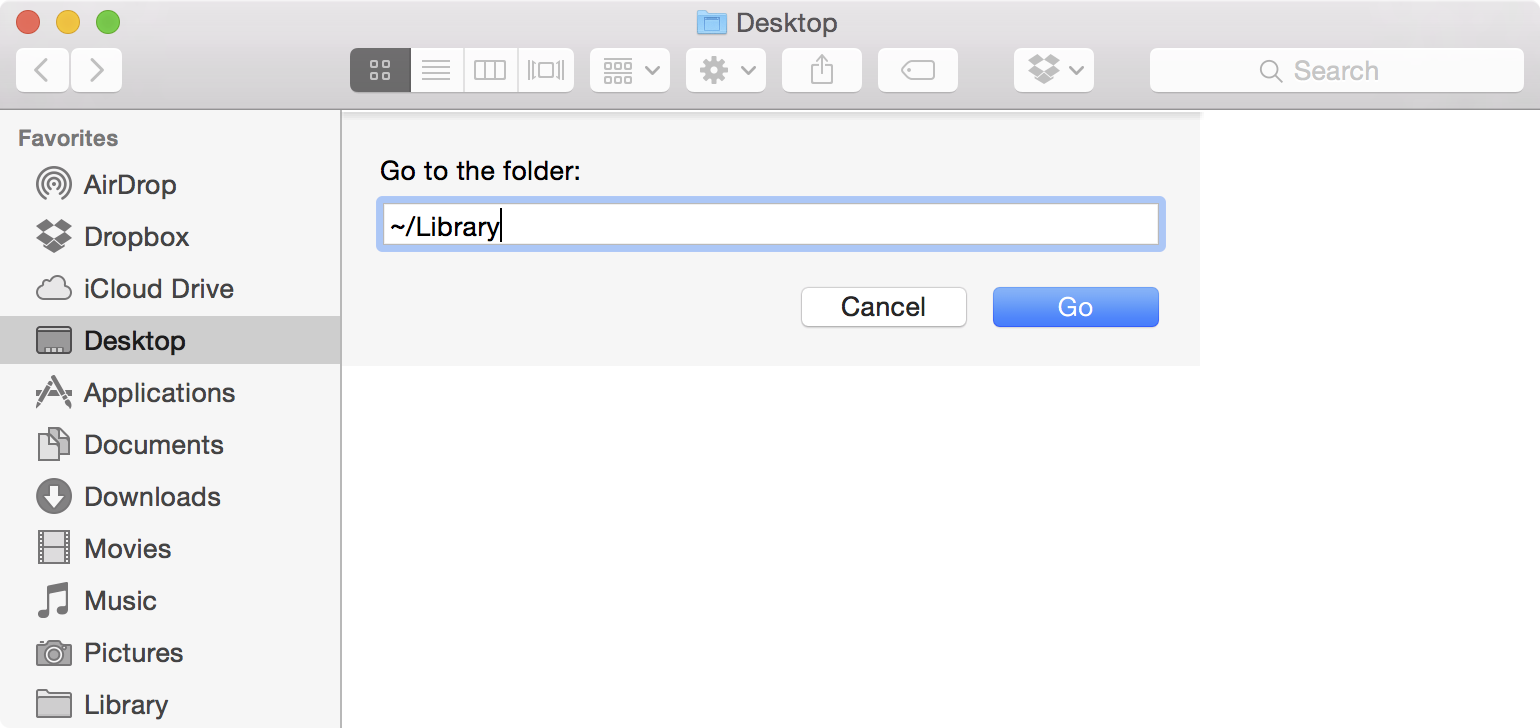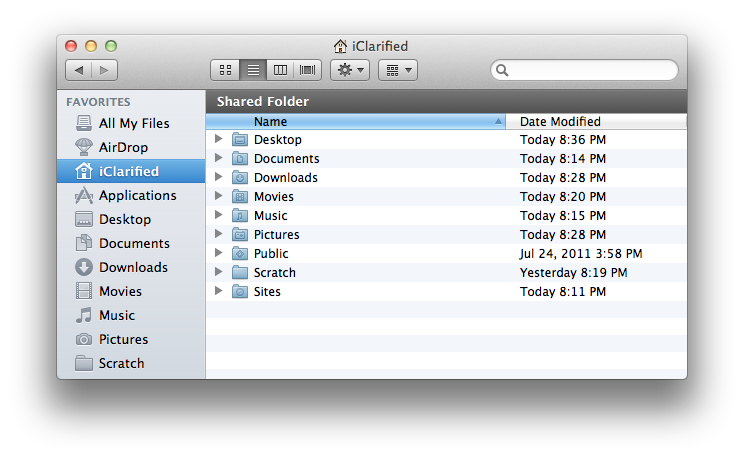The user library folder in Mac OS is usually hidden. If you are on mac OS Sierra, Mac OS High Sierra and Mac OS Mojave, you will not be able to see the library. But when you come across the need to access this folder, you will start wondering how to find library on Mac. We will let you know about the steps that you have to follow in order to locate the Library folder on Mac.
Mac How To Show User Library Folder
Dec 12, 2016 How to Show /Library Folder in MacOS Mojave, High Sierra, Sierra. From the Mac OS Finder, go to the Users home folder. Pull down the “View” menu and choose “View Options”. Choose “Show Library Folder” in the settings options for the User home folder. How to view a Mac's /Library folder There are three ways to easily view your hidden /Library/ folder. In macOS Sierra Apple added a Finder keyboard shortcut that makes it possible to quickly show. Jan 16, 2020 On your Mac or PC. Mac: From the menu bar at the top of your computer screen, choose iTunes Preferences. Windows: From the menu bar at the top of the iTunes window, choose Edit Preferences. On the General tab, select iCloud Music Library to turn it on. Sep 27, 2016 Open Finder, or just click on the desktop. Then click “Go” in the menu bar, and select “Go to Folder”. You can also skip all this clicking by pressing Command+Shift+G on your keyboard to access the Go to Folder menu. Type /Library in the box and hit Enter. May 30, 2019 Despite the fact that Apple keeps the Mac Library folder hidden from users, it’s good to learn how to show the Library folder on Mac. You may need to access the Library folder when you need to clear cache, remove the app’s leftovers, edit preference files manually, etc.
Now you must be wondering why the ~/Library folder in Mac is hidden. This folder contains a lot of important files and data about the Mac user accounts. The data helps the proper functionality of the apps that you have installed on the Mac.
Therefore, it is recommended for you to keep the ~/Library folder untouched. If you are an ordinary Mac user, there’s no valid reason for you to gain access to the content that is available in this folder. Therefore, you are encouraged to keep it untouched at all times.
Read more:How to Uninstall Apps on Mac?
But when you come across the need to access the ~/Library folder for any reason, you will need to figure out how to find hidden library folder on Mac. Here are the steps that you will have to follow in order to get the job done.
Accessing the Library folder in macOS Sierra and macOS Mojave
If you don’t want your Mac to always show the Library folder, but you only need to access it for one time, you can think about accessing it through Go Menu. If you can’t find Library on Mac, you need to follow the below mentioned steps to get the job done.
- From the macOS Finder, visit “Go” menu.
- Now you need to select “Library” from the list.
- It is also possible for you to enter Command + Shift + G from the macOS Finder, so that you will be able to jump to the ~/Library folder immediately.
In case if you are in an older version of Mac OS, you need to hold down the Option Key, instead of Shift Key.
How to show the ~/Library file in macOS Sierra and macOS Mojave
When you come across the need to access the ~/Library file on a regular basis, you will need to make it show at all times. Changing some of the settings in your Mac will assist you to get the job done. Here are the steps that you have to follow for that.
- First of all, you should visit macOS “Finder”.
- Then you must access user’s “Home” folder.
- From there, you need to pull down “View” menu and then select “Show View Options”.
- You should now select Show Library Folder in the settings option.
This will help you to display the ~/Library folder at all times. However, you must keep in mind that the settings change you do is personal to the user accounts. If you log in to your Mac from another user account, it will not be possible for you to see this change.

You will also be able to use the command line in order to reveal the ~/Library directory. You can go to the terminal and enter the following:
Now you will be able to see the Library folder on your Mac.
Learn how to access the hidden Library folder in your Home folder on your Mac so you can tweak app settings and access app files.
Inside the home folder on your Mac is a Library folder that stores app-specific files and settings, personal settings, and some data. The files and settings in the Library folder should be left alone for the most part. But, you may want to tweak the settings for an app, which may require accessing the Library folder. Or, maybe an app backs up data to the Library folder and you want to copy that to an external drive.
As of Mac OS X Lion (10.7), the Library folder in your home folder is hidden by default. That doesn’t mean you can’t get to it. It’s hidden so you don’t accidentally delete settings and data, damaging apps in the process. So, if you decide you want to access the Library folder, be very careful.
Today we’re going to cover different ways of accessing the hidden Library folder in your home folder and how to make it permanently available in Finder.
What is the Path to the Library Folder?
The Library in your home folder is written as ~/Library. The tilde (~) character is a shortcut for your home directory. For example, on my Mac, that would expand to /Users/lorikaufman/Library.
Access the Library Folder Using the Go to Folder Option
If you want to access the Library folder only occasionally, you can use the Go to Folder option in Finder.
Open Finder or just click on the desktop. Head to Go > Go to Folder, or hit Cmd + Shift + G.
Type:~/Library in the Go to the folder box on the dialog box and click Go or press Enter.
Mac How To Show Library In Windows 10
If you have one or more Finder windows open, the Library folder opens in the currently active window. If no Finder windows are open, a new one opens to the Library folder.
Access the Library Folder Using the Terminal
If you prefer using the command line, you can access the Library folder using the Terminal.
Go to Utilities > Terminal in the Applications folder. To access the Library folder directly in the Terminal, type:cd ~/Library at the prompt to switch to the Library folder.
You can type:ls at the prompt to get a detailed folder listing. You can work with the files in the Library folder directly on the command line. Just be careful.
You can also use the Terminal to open the Library folder in a Finder window. Type:open ~/Library at the prompt and hit Enter.
Access the Hidden Library Menu Option in Finder
The Library folder is available on the Go menu in Finder, but it doesn’t show on the menu by default.
To temporarily show the Library option on the Go menu, open the menu and press the Option key. The Library folder shows up between Home and Computer on the Go menu. Keep the Option key pressed while you move your mouse down the menu and select Library.
If you’re using a Windows keyboard with your Mac, press the Alt key.
Show the Library Folder Permanently in Finder
Library Folder On Mac Caspian
If you access the Library folder often, you can permanently show the Library option on the Go menu and the Library folder in your Home folder.
Open Finder and head to your Home folder using the left pane or by pressing Cmd + Shift + H. Then, go to View > Show View Options, or hit Cmd + J.
A dialog box displays with options you can set for your Home folder. Check the Show Library Folder box at the bottom of the dialog box. The Library folder now shows up in your Home folder in Finder windows and the Library option becomes permanently available on the Go menu.

When you permanently show the Library folder in Finder, you can hit Cmd + Shift + L to open it in a Finder window, in addition to selecting the Library option on the Go menu.
Mac Show Library In Finder
Happy Tweaking, But Be Careful
Show User Library Mac
The Library folder is hidden by default for a good reason. So, before tweaking settings and changing files in the Library folder, make sure you know what you’re doing.